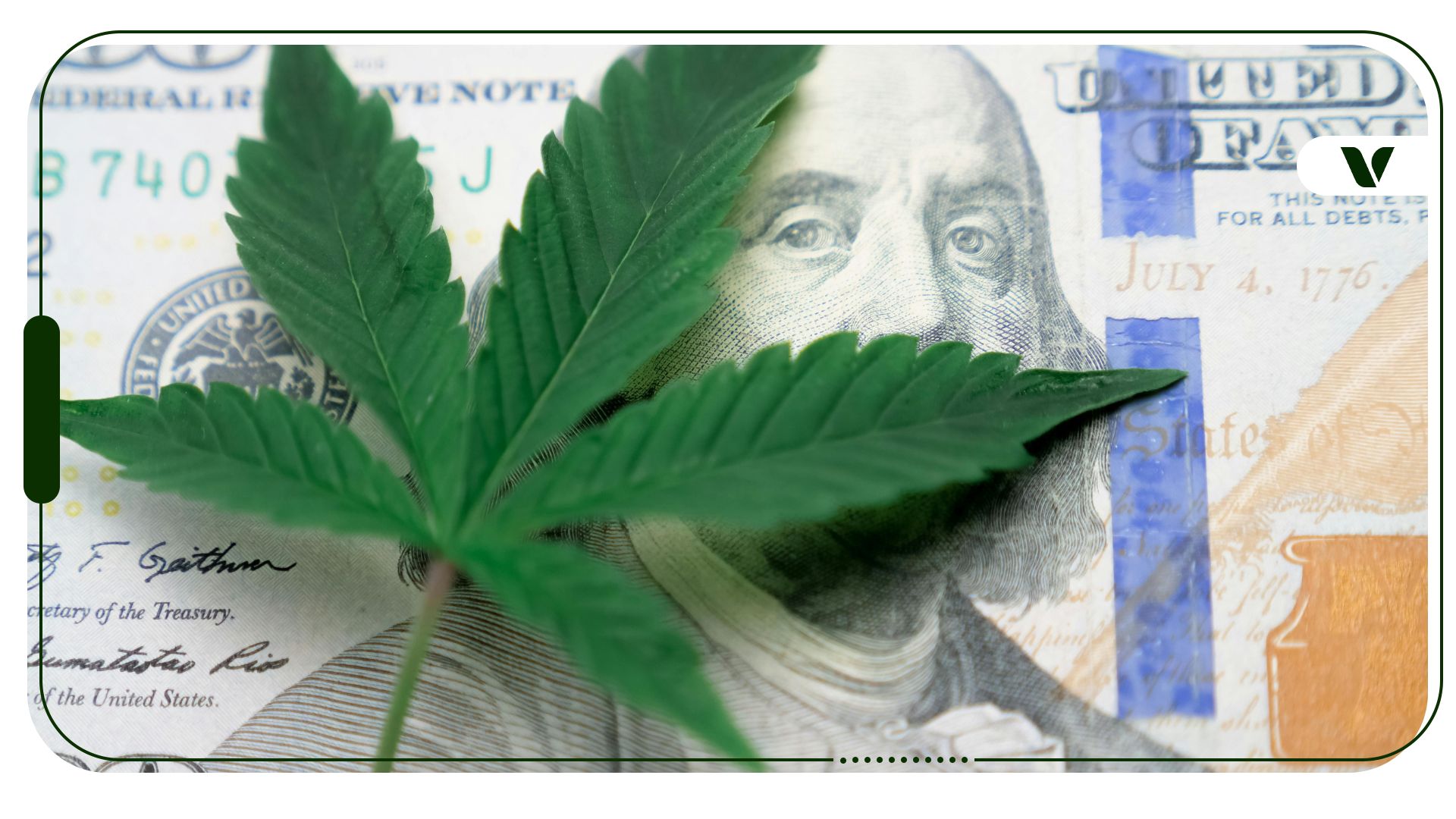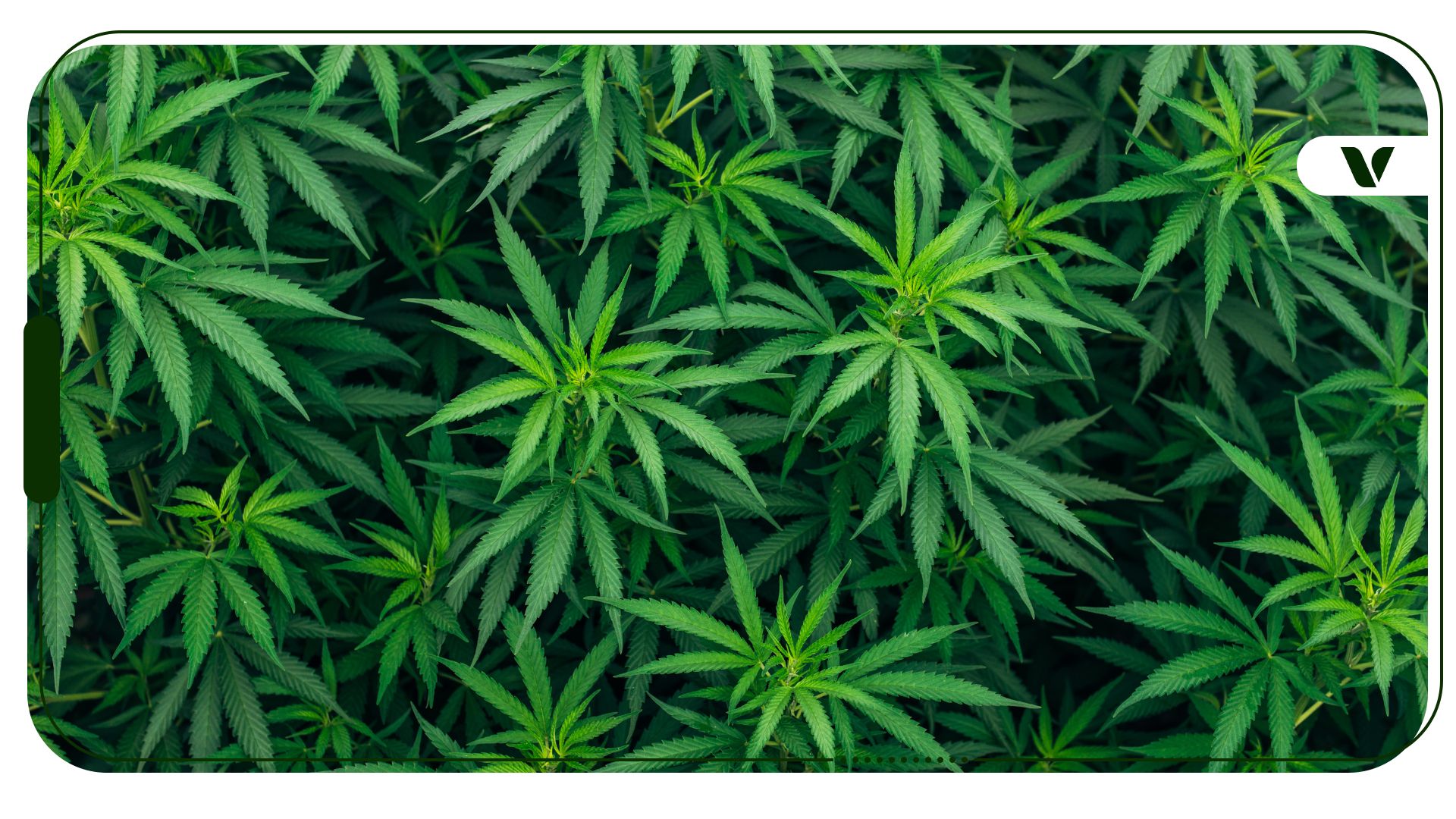The quality of cannabis directly impacts its effects, flavor, and overall experience. While many consumers rely on visible traits like bud density, trichome coverage, or aroma to judge cannabis, there’s another often overlooked clue: the ash. The color and texture of ash can reveal much about the cultivation, curing, and processing of the cannabis you’re consuming.
In this guide, we’ll explore the art of identifying high-quality cannabis, the factors influencing its production, and how ash can serve as a hidden indicator of excellence.
How To Spot Quality Weed
Knowing how to recognize quality cannabis can make all the difference, whether you’re a medical patient seeking effective symptom relief or a recreational user looking for a smooth, enjoyable experience. Let’s break down the characteristics of good and poor cannabis.
Signs Of Poor-Quality Cannabis
Low-quality cannabis, often called “schwag,” is easily identified by several key traits. These deficiencies typically stem from improper growing practices, poor storage, or inadequate curing processes:
- Appearance: Buds may look flat, dull, or discolored, often brown or yellowish, indicating age or mishandling. Another red flag is a lack of visible trichomes, tiny, crystal-like structures that house cannabinoids and terpenes.
- Aroma: Poor-quality weed often has a faint or unpleasant smell, described as musty, moldy, or grassy. This suggests improper curing or even contamination.
- Texture: It may feel too dry and crumbly or overly damp and sticky, which can hinder a proper burn and indicate poor handling.
- Ash Color: Black, coarse ash suggests incomplete nutrient flushing or residual chemicals in the plant.
- Smoking Experience: Low-quality cannabis tends to burn unevenly, feel harsh on the throat, and leave a scratchy aftertaste.
Signs Of High-Quality Cannabis
Premium cannabis stands out with its vibrant, trichome-rich appearance and delightful aroma. Here’s what sets it apart:
- Appearance: High-quality cannabis is dense, sticky, and coated in trichomes that shimmer under light. Depending on the strain, the buds should exhibit vibrant colors, ranging from bright green to deep purple.
- Aroma: A robust, complex scent—whether fruity, skunky, or earthy—indicates a rich terpene profile and proper curing.
- Texture: It should be slightly sticky but not wet, springy but not brittle, offering the ideal consistency for grinding and rolling.
- Ash Color: Soft, white, or light-gray ash is a hallmark of clean-burning, well-cultivated cannabis.
- Smoking Experience: Good weed burns smoothly, producing flavorful smoke that’s easy on the throat and lungs.
What Factors Affect Cannabis Quality?
The quality of cannabis is shaped by a meticulous process, beginning with genetics and extending through cultivation, post-harvest care, and storage. Each step plays a pivotal role in determining the final product’s potency, flavor, and overall experience.
1. Genetics
The genetic profile of a cannabis strain is the foundation of its quality. Genetics determine the plant’s cannabinoid and terpene profile, which influence its effects, potency, and flavor. For instance:
- Resinous Strains: Some strains, like Gorilla Glue or Wedding Cake, naturally produce more resin, leading to higher THC concentrations.
- Unique Terpenes: Strains with diverse terpene profiles, such as Myrcene (earthy) or Limonene (citrusy), contribute distinct aromas and effects.
Selecting high-quality genetics is the first step toward producing superior cannabis.
2. Cultivation Practices
The way cannabis is grown significantly impacts its quality:
- Environment: Optimal light, temperature, humidity, and airflow are critical for healthy growth and trichome production.
- Nutrient Balance: Overfeeding plants or using low-quality fertilizers can result in chemical residues that affect taste and safety.
- Pest Management: Avoiding harmful pesticides and adhering to organic practices ensures a cleaner product.
High-quality cultivation methods result in a cleaner, more potent, and flavorful end product.
3. Flushing
In the final weeks before harvest, growers often “flush” the plants by providing water without nutrients. This process:
- Removes residual salts and chemicals.
- Enhances the smoothness of the smoke.
- Prevents harsh flavors and ensures white ash instead of black when it is combusted.
Poor or skipped flushing can leave behind unwanted chemicals, leading to a subpar smoking experience.
4. Curing Process
After harvest, the curing process is essential for maximizing the cannabis’s potential. During this stage:
- Cannabis is stored in a controlled environment with precise humidity levels (around 60-65%) and darkness.
- Proper curing develops the terpenes and cannabinoids, enhancing flavor and aroma.
- It also improves combustion, making the cannabis burn evenly.
Inadequate curing can leave cannabis harsh, lacking in aroma, and less potent.
5. Storage
Even the best-grown cannabis can lose quality if not stored properly:
- Humidity Control: Excessive moisture can lead to mold, while dryness degrades cannabinoids and terpenes.
- Light Exposure: UV light breaks down tetrahydrocannabinol (THC) and other cannabinoids, reducing potency.
- Airtight Containers: Proper storage in airtight, opaque containers ensures long-term freshness and potency.
A poorly stored product often results in a stale, less enjoyable experience for consumers.
Checking Your Ash: What To Look For
The ash your cannabis produces can provide valuable insights into its quality. Here’s what to examine:
- White or Light-Gray Ash: Indicates clean burning due to proper nutrient flushing and curing. This type of ash is soft and powdery, breaking apart easily.
- Black or Chunky Ash: Suggests residual nutrients or chemicals, indicating that the plant was not properly flushed before harvest.
- Burn Consistency: High-quality cannabis burns evenly, creating a steady cherry at the tip of a joint or bowl. Uneven burns or “canoeing” (burning down one side) point to moisture imbalances or improper curing.
Why does ash matter? Clean ash reflects a clean product, free of contaminants that could lead to a harsh or unpleasant smoking experience.
Final Thoughts
Quality cannabis isn’t just about high THC levels—it’s about a harmonious balance of cannabinoids and terpenes and a clean, effective cultivation process. Examining ash might seem minor, but it can reveal the care and attention that went into growing, flushing, and curing the product.
Whether you’re a recreational consumer or a medical patient, selecting premium cannabis ensures a better experience and enhances the therapeutic potential of the plant. Suppose you’re navigating the cannabis landscape for medical use. In that case, Veriheal can connect you with licensed professionals to help you obtain your medical marijuana card and access the highest-quality products suited to your needs.
Frequently Asked Questions
How do you know if your weed is really good?
Good weed is dense, sticky, and rich in trichomes. It has a vibrant appearance and a strong aroma. It burns evenly, produces white ash, and provides a smooth smoking experience with pronounced effects.
What does old weed look like?
Old weed often appears dull and brittle, with faded colors and a faint or unpleasant smell. It may crumble easily and lack the sticky texture of fresh cannabis.
How much does good weed cost?
The cost of quality weed varies by location and strain but typically ranges from $10 to $20 per gram at dispensaries. Premium strains or rare genetics may cost more.
Can brown weed get you high?
Yes, brown weed can still get you high, but it often lacks the potency, flavor, and smoothness of fresh, well-cured cannabis. It may also produce a harsher smoking experience.
Author, Share & Comments








